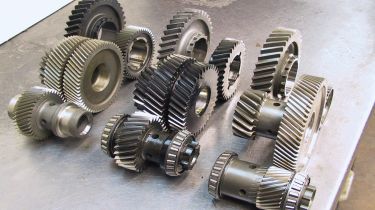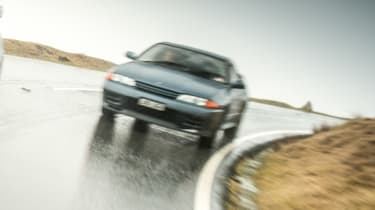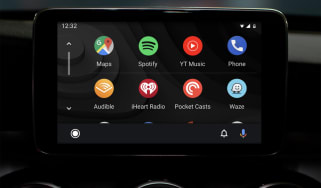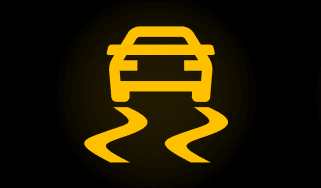What is a limited slip differential?
What is an LSD and what are the benefits of a limited-slip differential?

Limited-slip differentials (commonly abbreviated as LSDs) are an important feature of most 4x4s or sports cars. If you own or are planning to buy one of these types of cars, you might wonder what a limited-slip differential is and what it does.
In very simplistic terms, a limited-slip differential is a system that helps a car more efficiently channel its power through to the wheels, improving the performance, handling and grip.
It’s essential to understand the basics of what a differential does to understand the benefit of an LSD. A differential allows the wheels to rotate at different speeds to each other – this is important when turning, because the outside wheels need to turn faster than the inside wheels because they have less distance to travel.
An ‘open’ differential uses a system of cams and gears to allow this to happen. An open diff set-up doesn’t require too much maintenance and is a widely used type of differential in more basic, road-based cars, but they don’t offer the best performance in all eventualities.
What is a limited-slip differential and what is it for?
A downside to a more basic 'open' differential is the fact that power always goes through the path of least resistance, so that means if one wheel goes over an icy section of road and loses traction, for example, it can receive too much power and can slip.
Limited-slip differentials address this problem by redirecting power to the other wheels which still have traction, stopping the wheels from turning completely independently from one another and ‘slipping’. This is particularly useful for off-roading when one of the wheels could lose grip in rough terrain or for a high-performance car speeding round a race track.

If an off-road car loses grip, you’ll want power to continue going to one of the other wheels which still has firm contact with the terrain, and limited-slip differentials allow this to happen.
In a high-performance car, a limited-slip differential helps to stop wheelspin when cornering and helps put power down more efficiently through the wheels with lots of grip, instead of just through the path of least resistance, which can cause wheelspin.
How do limited-slip differentials work?
The fact is that limited-slip differentials encompass a wide range of systems which work in different ways to achieve the similar goal of stopping the wheels from slipping or spinning under loss of traction.
By far the most common method has traditionally been via a clutch-based system which engages only when needed. However, these systems are expensive and complex, and are being replaced by other systems that use wheel speed monitoring to electronically divert power from one wheel to another.
Locking differentials

Off-road vehicles often need all their wheels spinning at once in order to maintain traction over rough terrain. A traditional open or limited-slip differential is not able to stop the wheels spinning when they can often lose contact with the terrain, which is where a locking differential comes in. Often activated by the click of a button or via the high-tech infotainment systems of premium 4x4s, the locked differential forces all wheels to spin together.
You’re not recommended to lock the differential on normal roads and at high speeds because it causes stress to the components and creates a jerky, uncomfortable ride, but this setting is perfect for rough terrain at low speeds because it allows all four wheels to spin, even if one loses contact with the surface.
Car technology made simple
- Car lights and headlights: complete guide
- What are spark plugs and glow plugs?
- What are brake pads and discs?
- What is a cambelt change and does your car need one?
- What is a supercharger?
- What is lumbar support?
- What is air suspension, and how does it work?
- What are adaptive dampers, and how do they work?
- What is keyless entry and keyless start?
- eCall explained
- What is a head-up display?
- What is Waze?
- What is Mirrorlink?
- What is what3words?
- Car cameras: how cameras are making cars safer
- Dash cams: what are they and how do they work?
- What is cruise control and adaptive cruise control?
- Electronic handbrakes and Auto-hold: a complete guide
- What is a car immobiliser and does my car have one?
- What is Alcantara?
- What is kerbweight?
- What is a space saver wheel?
- What is regenerative braking?
- What is gross vehicle weight?
- What is bluetooth?
- What is a head gasket?
Recommended

In-car safety assistance systems leaving drivers confused and dissatisfied

What is Android Auto? Apps, music and new gaming features
Most Popular
Tips & advice

Car dashboard warning lights: what does each symbol mean?

Electric car charging stations: public networks, charger types, apps and maps








